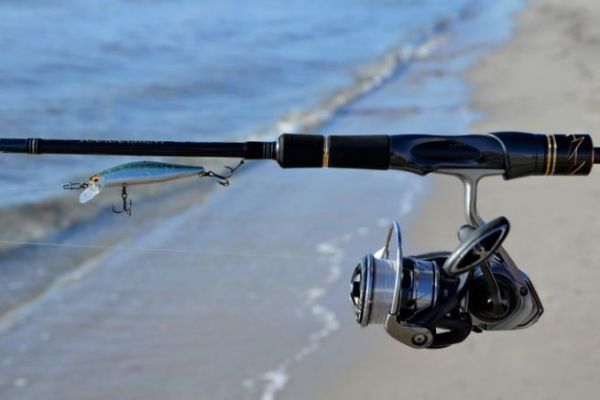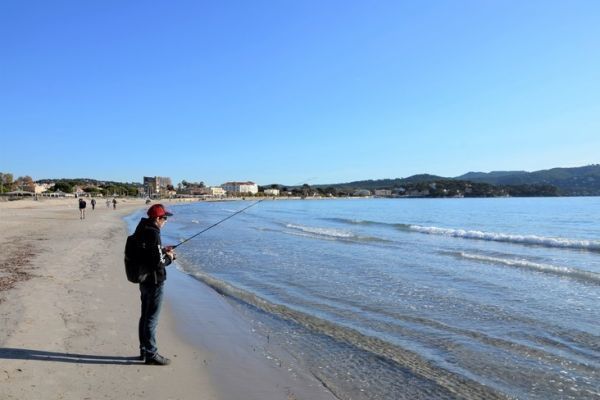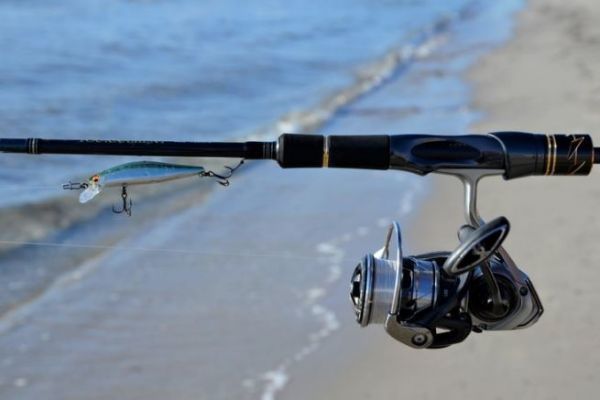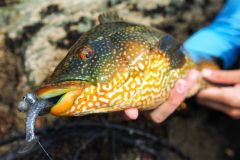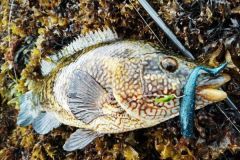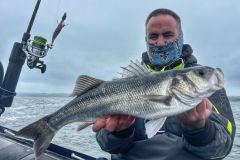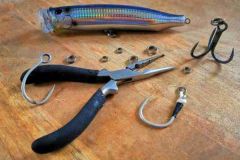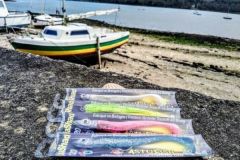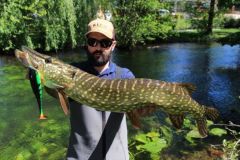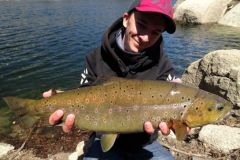The ideal cane
The majority of fish found near the beach are not necessarily stuck to the shore. To reach them easily with our favorite lures, we must use an adapted rod.
This rod will have to be long, to have the best possible casting distances. Ideally, a rod of 2m40 to 2m70, capable of casting lures from 5 to 21g or from 4 to 14g depending on the fish you want to target. Preferably choose a tip action, much more practical than a semi-parabolic for casting small lures.
If you have the possibility, the rods with carbon guides will allow you to have a much better feeling of the bites, especially when the sea is agitated. These guides also reduce the weight of the rod considerably, offering a better comfort during long sessions.
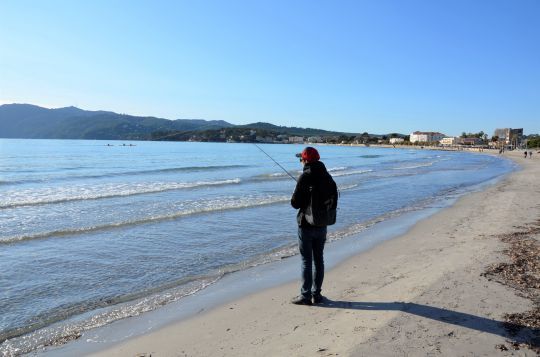
The reel and its contents
When it comes to choosing a reel to match your previously chosen rod, the most important factor is its size. A light and fluid reel will give you better sensations, sizes between 1500 and 2500 will be perfect. Fights are often fun, as the fish you can find are combative, but you won't need an extremely strong reel to successfully dry them out either.
Fill it with a fine braid, preferably 8 strands to have a good ratio of strength and fineness. The fineness of a braid between 9 and 11 hundredths will allow you to cast much further than with a thick braid. Finish your line with a nylon or fluorocarbon leader, 2 to 4 meters long depending on water clarity. Diameters between 18 and 26 hundredths will allow you to face all situations.
The lures to use
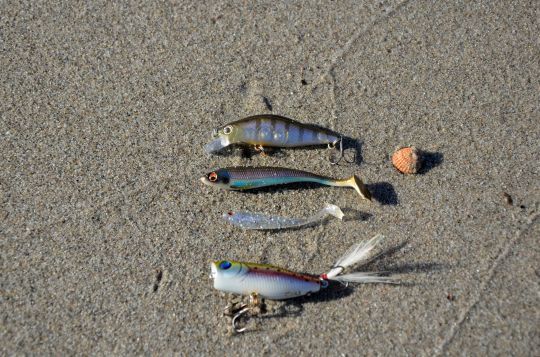
The fish that inhabit the beaches are mostly omnivorous. They feed as well on small worms they find in the sand, as well as on small fry that get lost. Most of these predators have small mouths, adapted to their way of life. It is therefore necessary to use lures that these fish can easily seize.
Small fry imitations in a hard lure version, swimming fish, work particularly well. Natural colors in sizes ranging from 5 to 9 cm are almost mandatory in a box. Some models have mass transfers that will help you propel them long distances.
You can also use soft lures such as shads, in sizes between 3 and 7 cm. A lead head with a fine iron hook, but relatively long will avoid taking too many bites that do not materialize. These soft lures will allow you to fish rather to scratch if the fish are not close to the surface.
